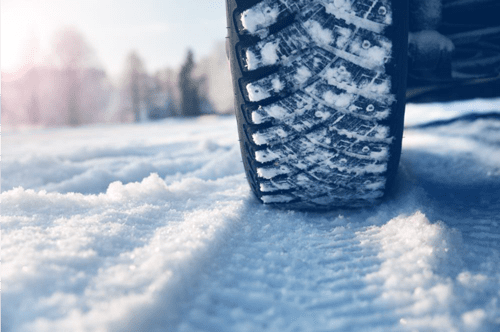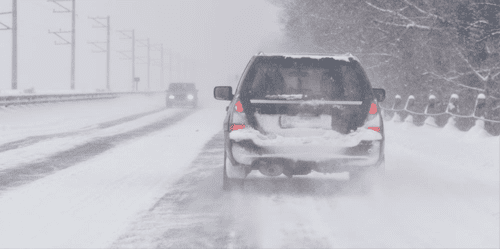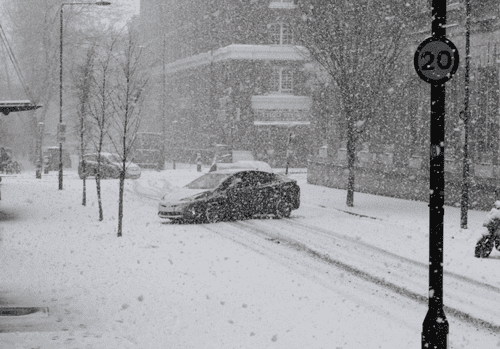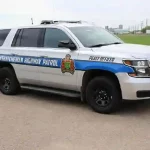- Need Any Help: +1 647-760-5505 or
- info@trubicars.ca

Whether you’re a Canadian-born citizen or a recent immigrant, one thing you might’ve noticed about Canada is that during the winter, there is plenty of snow. Navigating through snowy conditions can be quite nerve-wracking for even experienced drivers however, knowing how to safely operate your vehicle is a necessary tool for when winter comes. Statistics Canada reported that 21.4% of fatal collisions in 2020 were due to environmental factors. As a driver, you must be prepared for any winter conditions that may pose a challenge to your driving.

It’s important to use extreme caution and to slow down in winter weather. At Trubicars, we have identified some helpful Winter Driving Tips to consider and keep in mind while you are driving in snowy conditions.

At Trubicars, we emphasize to our students the importance of driving safely and how the safety of your life and others’ lives is your responsibility when you are driving. It’s important to remember that driving is a privilege NOT a right. It is your duty as an operator of a motorized vehicle to ensure that you remain safe and responsible behind the wheel especially when road conditions may be affected by winter weather conditions. If you are looking for more information on Winter Driving Tips, check out the Trubicars website!

 January 3, 2025 by
January 3, 2025 by Trubicars
Trubicars
 February 13, 2024 by
February 13, 2024 by Reema Sharma
Reema Sharma
 January 17, 2024 by
January 17, 2024 by Trubicars
Trubicars
Once you acquire the knowledge provided in
those tests, you are ready to pass the test,
for the first time.
